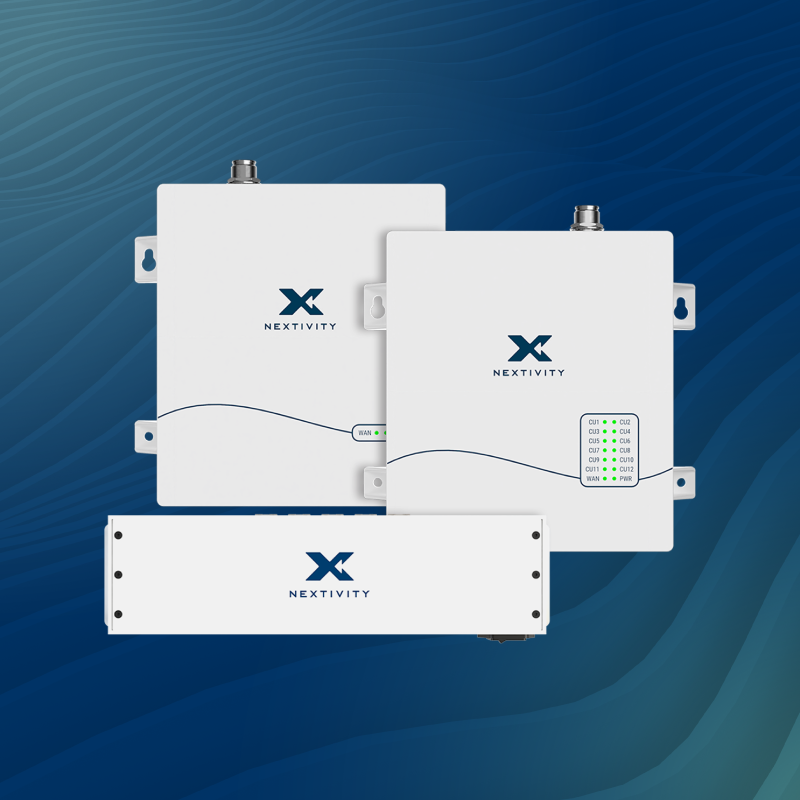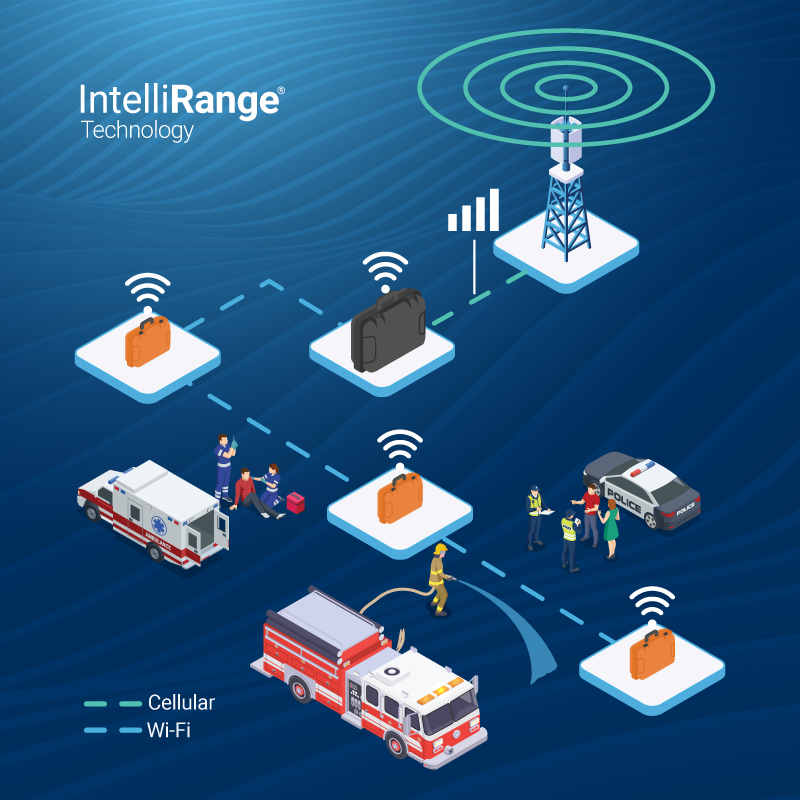CEL-FI QUATRA Recognized for Excellence in Commercial Enterprise Deployment
Nextivity announced that its CEL-FI QUATRA active DAS hybrid was awarded a Small Cell Award by the Small Cell Forum (SCF) in the category of Excellence in Commercial Deployment, Enterprise. Winners of the annual awards program were announced at the SCF Small Cell Awards Gala Dinner yesterday in London, UK as part of the Small Cell World Summit.
According to the judges, there were a number of qualified entries in the Excellence in Commercial Deployment, Enterprise category. Nextivity’s entry stood out because CEL-FI QUATRA is a “right-sized” fit for the middleprise market. The judges were also impressed with CEL-FI QUATRA because it provides a flexible and cost-effective coverage solution that can be deployed alongside small cells to achieve multi-operator cellular connectivity for this market segment.
“The Small Cell Forum’s recognition of CEL-FI QUATRA reinforces the value we deliver in addressing the sizable gap in the indoor cellular coverage market,” said Werner Sievers, CEO of Nextivity. “CEL-FI QUATRA can be deployed quickly and affordably alongside small cell solutions, providing the multi-operator, indoor cellular coverage that the middleprise market segment demands.”
CEL-FI QUATRA resolves spotty coverage, poor voice quality, and dropped calls indoors for the middleprise (venues between 10,000 sq. ft. and 500,000 sq. ft.). It can be configured to amplify the cellular signal of one or multiple carriers either from the macro network off-air up to 100 dB gain, or from a small cell.
When CEL-FI QUATRA is tethered to one or more small cells for the donor signal (i.e. a large single cell versus multiple small cells), it creates a Supercell. A Supercell extends the cellular capacity provided by the small cells uniformly throughout a building right to its perimeter for less than the cost for similar coverage using small cells alone. Configuring CEL-FI QUATRA as a Supercell tackles problematic scenarios such as pilot pollution, no option for roof-top antennas, macro network congestion in a busy downtown location, and more – all while keeping costs down.


